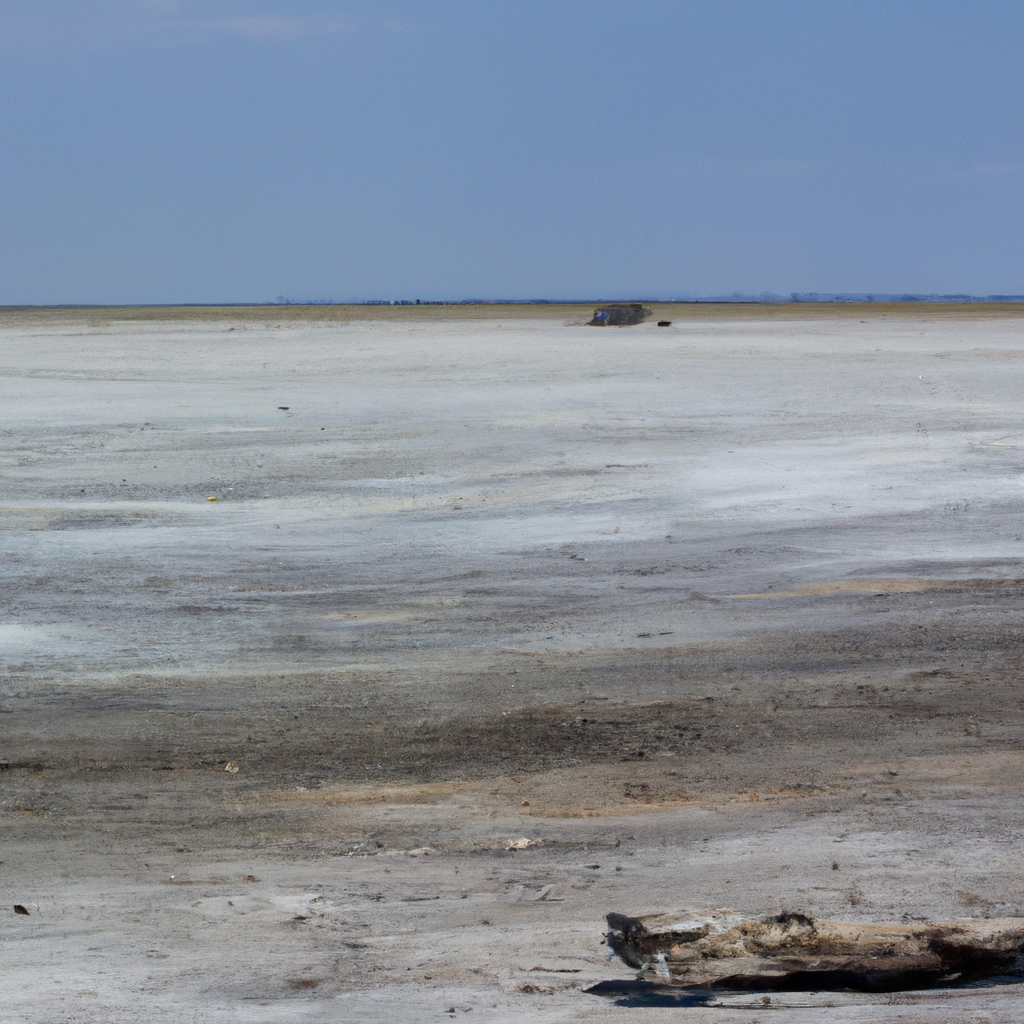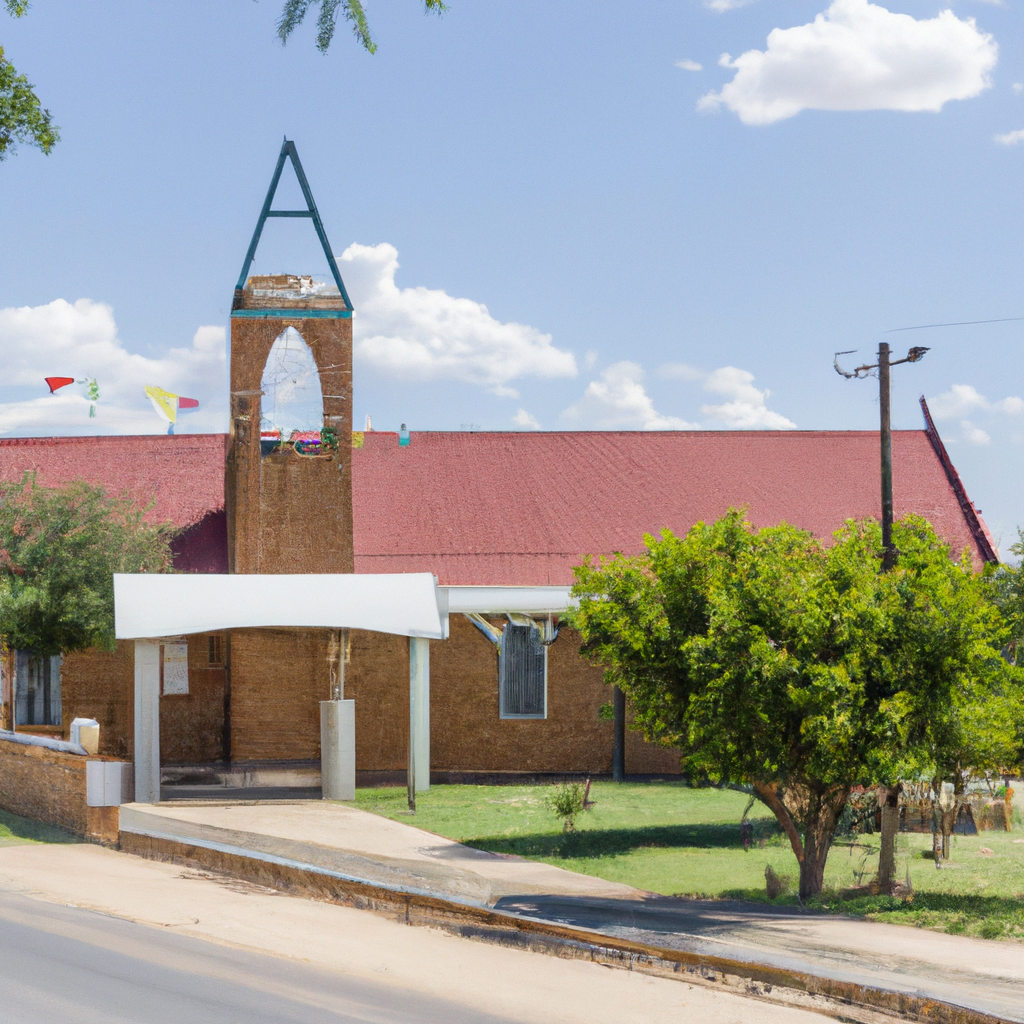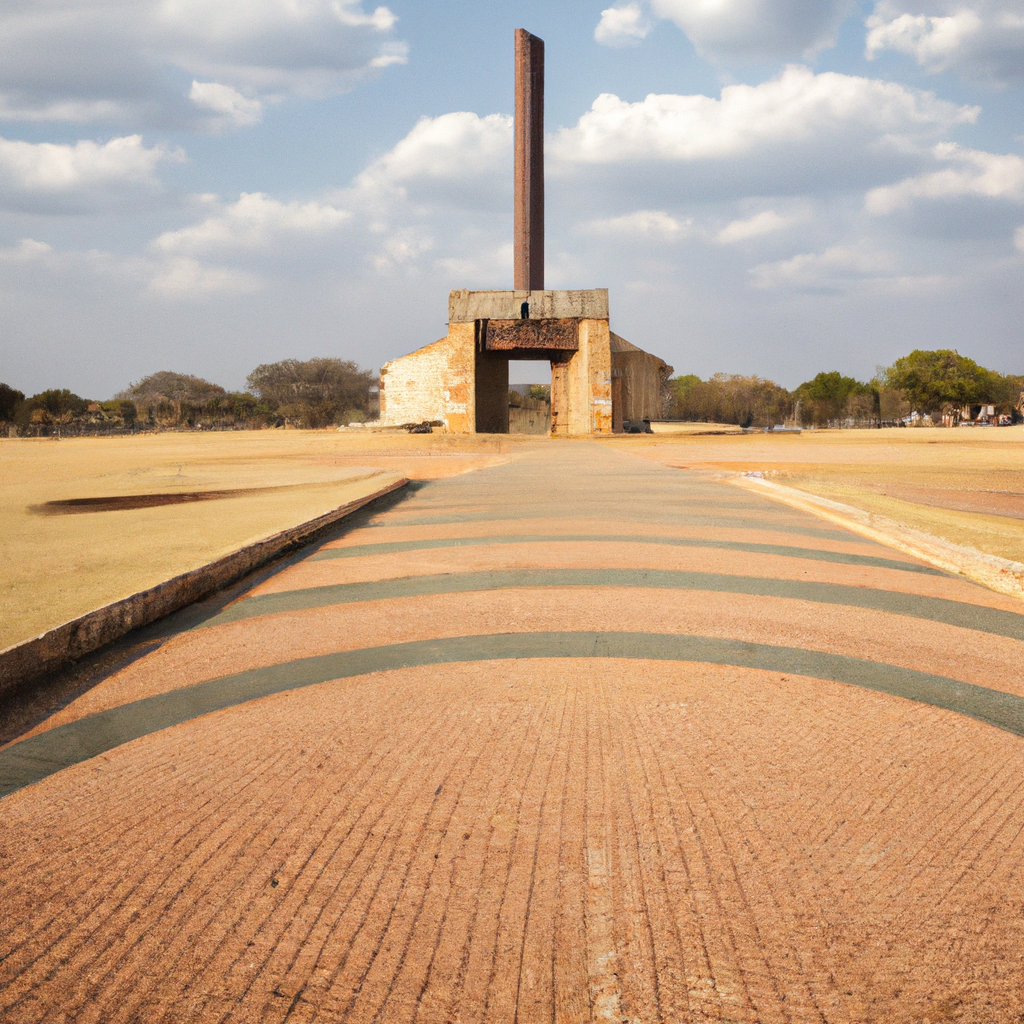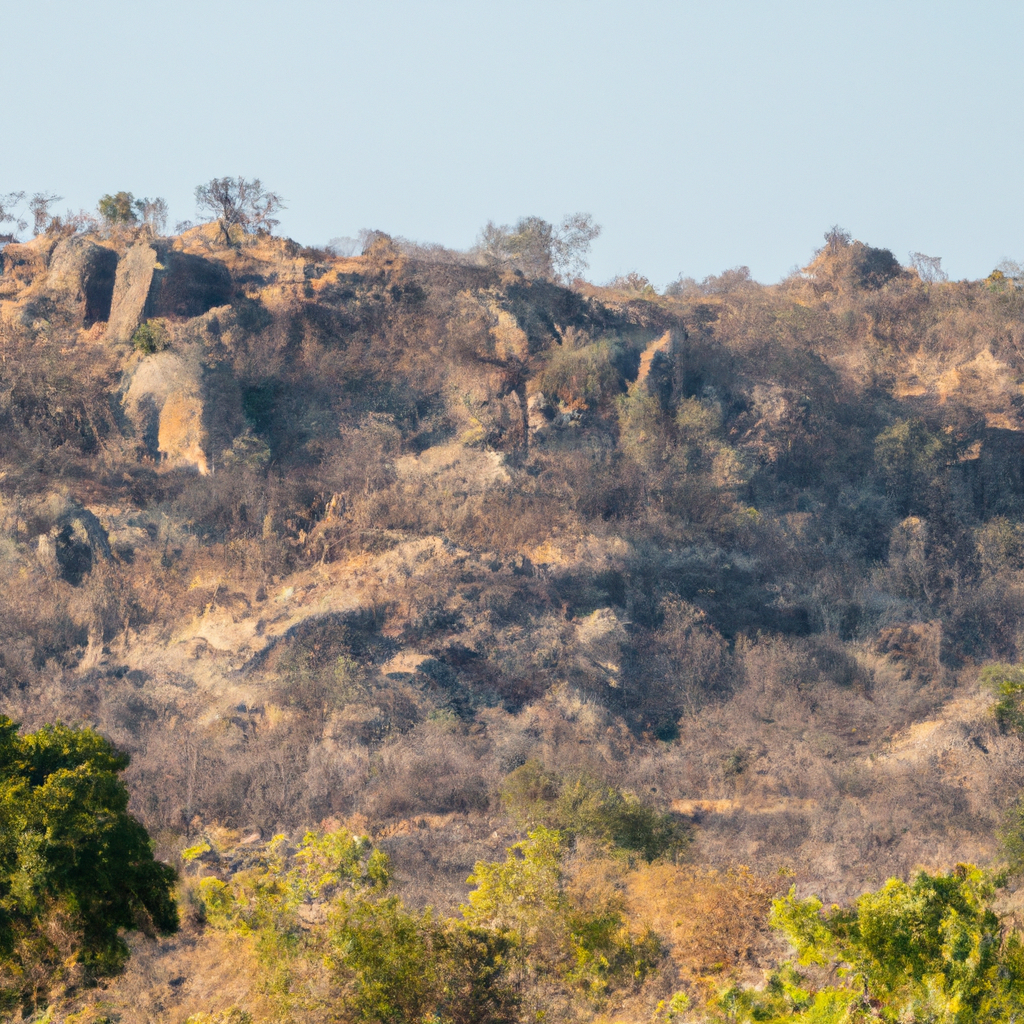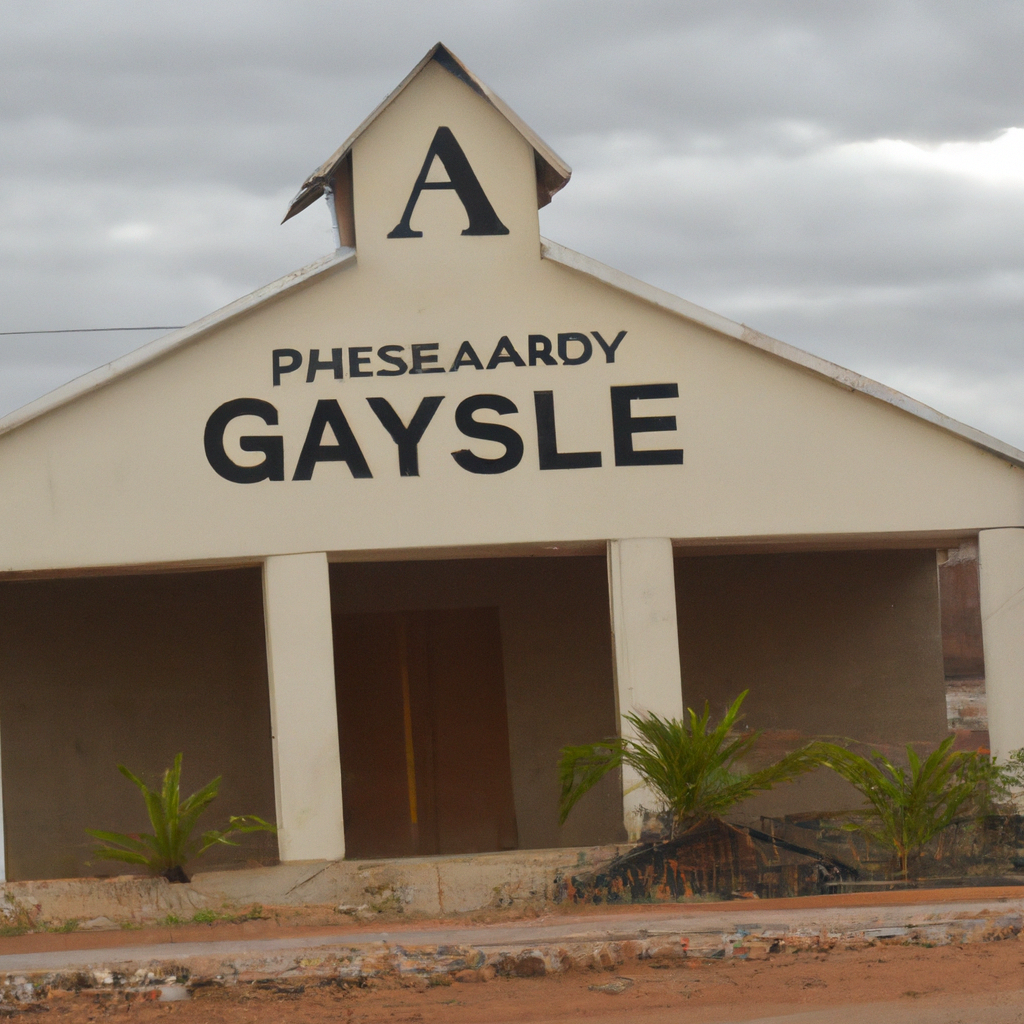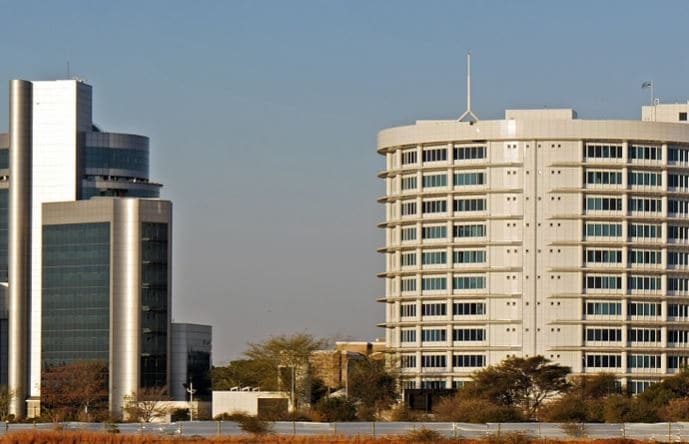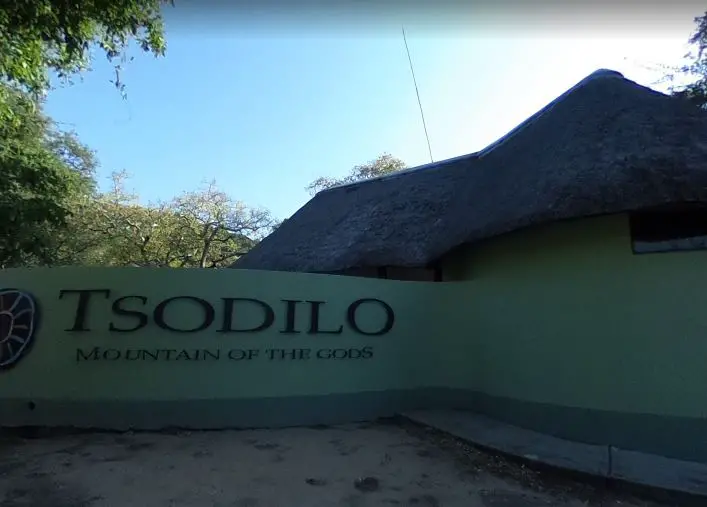Makgadikgadi Pans In Botswana: Overview,Prominent Features,History,Interesting facts
Overview:
Makgadikgadi Pans is one of Botswana’s most important and unique ecosystems. Located in the Kalahari Desert, Makgadikgadi Pans is the largest salt pan in the world (after the Great Salt Lake in the USA) comprising an area of 12,000 km2 of salt flats and inspiring landscapes throughout the Central Kalahari. The Makgadikgadi Pans National Park provides a unique combination of stunning scenery within a harsh and arid environment. Much of the park is covered by a vast sea of salt, but it also includes grassy plains, dune systems and woodlands. Dotted with acacia trees, the landscape is most famous for its incredible birdlife. Over 250 bird species have been sighted in the park, including five Mozambique-endemic species. Makgadikgadi Pans also boasts two of the most renowned wildlife viewing areas in Botswana. The renowned Nata Bird Sanctuary, located on the eastern edge of the parks offers spectacular raptor viewing opportunities, while hisub - a grassy plain and shallow lake - provides a home to gemsbok, springbok and other plains game. During the rainy season (December to March), the pans fill with water, attracting thousands of greater and lesser flamingo - providing birdwatchers with quite a spectacle. Makgadikgadi Pans is a must visit destination in Botswana, offering its visitors incredible desert landscapes and prolific wildlife, making it one of the most eco-rich regions in the continent. You can learn history, culture, and heritage through these magnificent monuments in Botswana
Prominent Features:
1. Large expanse of white salt pan: Makgadikgadi Pans is home to the largest and oldest salt pan in the world, covering an area of more than 10,000 km². 2. Unique wildlife: Makgadikgadi is a haven for wildlife, especially zebra, wildebeest, and antelope, that migrate in search of food and water. During the rainy season, flamingos, pelicans, herons, and other waterfowl descend upon the pans. 3. Ancient stone tools: Archaeological excavations have uncovered evidence of people inhabiting the pans over 11,000 years ago, as evidenced by numerous ancient stone tools discovered in the area. 4. Bird watching: The pans have become a haven for birdwatchers, with a variety of waterbirds and raptors, including world-famous pelicans, flamingos, korhaans, and secretary birds. 5. Bushman trails and engravings: Bushmen of the San and Kua tribes have left numerous trails and engravings throughout the pans, providing evidence of their ancient culture. 6. Dry, salty climate: Makgadikgadi is Seba, or semi-desert, characterized by hot daytime temperatures and cold nights. During the summer months, the pans become hot and dry with shallow salty waters. This national monument of Botswana portrays the history and culture of the country.
History:
The Makgadikgadi Pans are a network of salt pans located in the Kalahari Desert of northern Botswana. The pans are the remnants of an ancient mega-lake, which dried up approximately 2,000 to 10,000 years ago. Prior to the drying up of the lake, the area was home to a variety of wildlife, including vast herds of grazing animals such as wildebeest, zebra, and giraffes, as well as prides of lions and giraffes, hippopotami, and crocodiles. This region was first occupied by the San people, who lived a hunter-gatherer lifestyle in the area for many centuries. They were later joined by the Toutswe people, who migrated through the Kalahari in the late 16th century. In the 19th century, the Makgadikgadi Pans became an important part of South African rule, as the area acted as a buffer zone between British-occupied territory to the south and German-occupied territory to the north. Today, the Makgadikgadi Pans are a popular destination for eco-tourism, and many people visit the area to experience its vast emptiness and unique wildlife. The region is also home to several institutions dedicated to researching and preserving the local wildlife and their habitats. You must visit one of these historical places in Botswana on your Botswana tour
Interesting facts:
1. The Makgadikgadi Pans covers an enormous area of 10,000 square kilometres, making it one of the largest salt flats in the world. 2. The area is blanketed with salt pans, created when Lake Makgadikgadi was extended with water originating from the Okavango River. 3. The Makgadikgadi Pans are home to some of the oldest archaeological sites on earth, having been inhabited for over 6,000 years. 4. Every year the rains transform these pans into a lake, becoming a magnet for amazingly large percentages of migrating zebra and wildebeest. 5. The pans are also famous for its extremophile population of algae that thrive in the highly salty, extremely hot environment. 6. The Makgadikgadi Pans are home to thousands of different bird species including flamingos, pelicans, stilts, cormorants, sacred ibis, egrets, and herons. 7. The pans are also home to the San Bushmen, Africa's oldest inhabitants, and their unique cultural practices. 8. The Golden Road runs 200km across the Makgadikgadi Salt Pans from Maun to Nata, offering a spectacular 4WD experience through some of the most stunning landscapes on earth. Visit one of the famous monuments of Botswana with your friends and family.
Explore Botswana most popular tourist destination with us. Makgadikgadi Pans In Botswana: Overview,Prominent Features,History,Interesting facts,which is 35.14 km away from Botswana main town, is the most popular destination to add in your travel wishlist.
-
City:
Botswana
-
state:
Botswana
-
country:
Botswana
-
country code:
BW
-
postcode:
3141
Location:
Botswana Botswana
